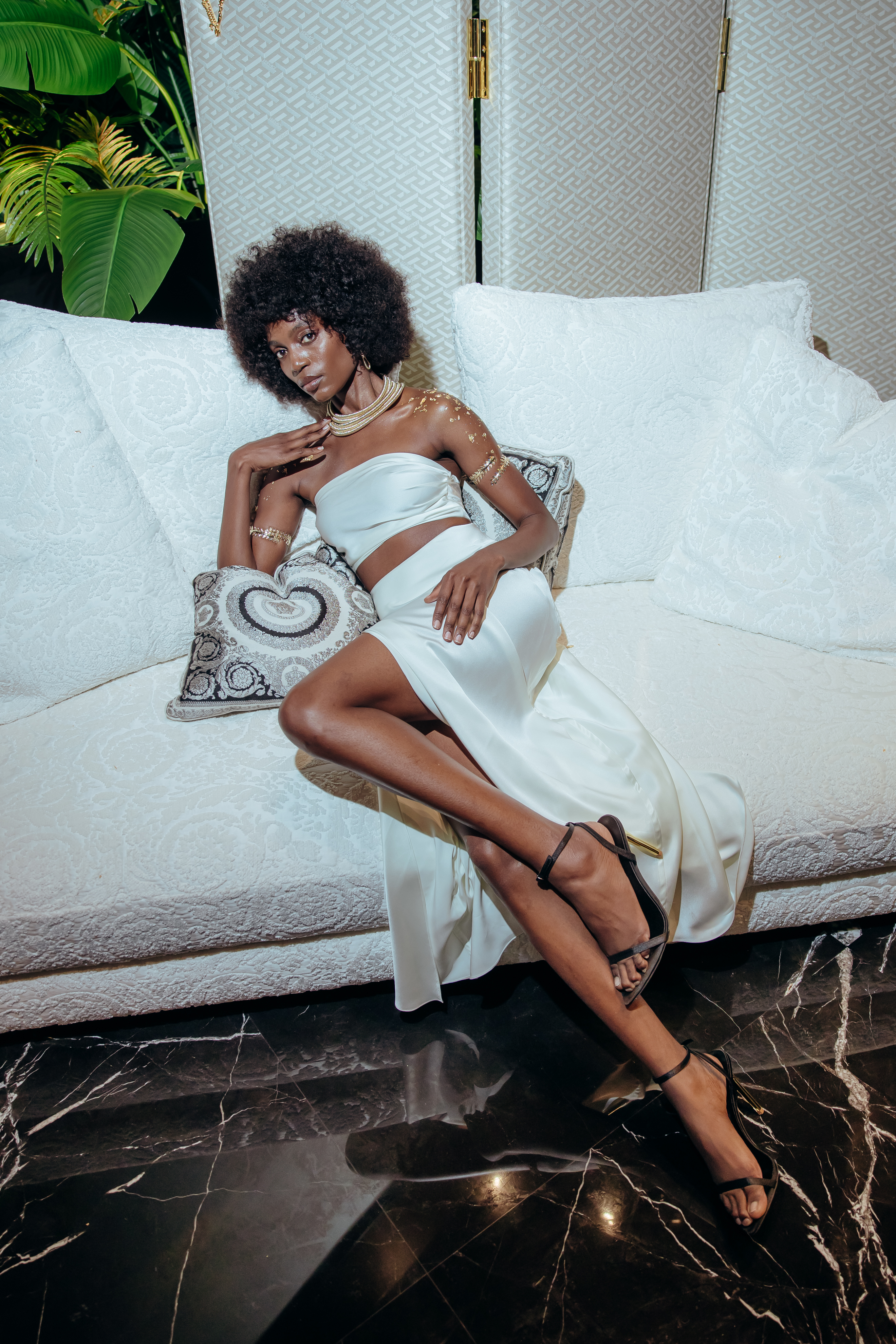Luxury furniture is moving into a new era where it embodies more than aesthetic appeal. Svitlana Antonovych, cofounder and art-director of Solomia Home, envisions this transformation as a seamless blend of personal philosophy, advanced technology, and harmony with nature. The furniture of 2025 is no longer static—it is alive with meaning, interaction, and adaptability.
Technology Transforming Furniture
The integration of technology into luxury furniture is reshaping how people interact with their living spaces. By 2025, furniture will be equipped with intelligent systems that adapt to the owner’s preferences. From memorizing ideal temperature settings to adjusting lighting levels, these innovations elevate comfort and usability.
Advances in artificial intelligence will also allow furniture to respond to emotional cues, creating atmospheres that align with the user’s mood. For instance, Minotti has already been developing systems that memorize client preferences, such as the desired temperature settings in a chair or the lighting levels in its immediate surroundings. This shift is not just about functionality but about creating a truly personalized living experience.

Individuality Redefining Luxury
Luxury is increasingly defined by personalization. In 2025, furniture will go beyond being a mere object to becoming an extension of the owner’s identity. This shift emphasizes the creation of deeply meaningful pieces tailored to individual preferences. From selecting materials and finishes to influencing shapes and configurations, buyers will be involved in every step of the process.
The customization trend also extends to entire spaces, with modular systems allowing for flexible designs that adapt to changing needs. Furniture will reflect not only aesthetic choices but also the values and lifestyles of those who own it. This deep level of personalization ensures that each interior becomes a unique expression of its inhabitant.
Versace Home exemplifies this trend with their 2025 collections, staying true to their bold and vibrant aesthetic. Vibrant hues like electric blue, fuchsia pink, and sunny yellow will continue to dominate their designs, offering customers the opportunity to create opulent and glamorous interiors.

Nature Inspiring Design
Biophilic design, which emphasizes a connection to nature, will continue to play a central role in luxury interiors. By integrating natural elements and sustainable materials, furniture will foster a sense of calm and well-being. Materials such as wood with added metal nanoparticles, fabrics with memory properties, and innovative composites will bring both beauty and practicality to modern homes.
Designs inspired by organic forms will create furniture that feels alive, with shapes that echo the complexity and flow of natural landscapes. Additionally, the use of living elements, such as plant-integrated furniture or surfaces that change texture with lighting, will deepen the bond between interiors and the natural world.

A New Standard for Luxury
The furniture of 2025 will redefine luxury as a harmonious blend of technology, individuality, and nature. It will adapt to users’ needs, reflect their personal philosophies, and create spaces that nurture the body and mind. This evolution ensures that luxury interiors are not just visually striking but also deeply meaningful and transformative.
By embracing these trends, luxury furniture will remain at the forefront of design innovation, setting a new standard for how people live and interact with their space.



